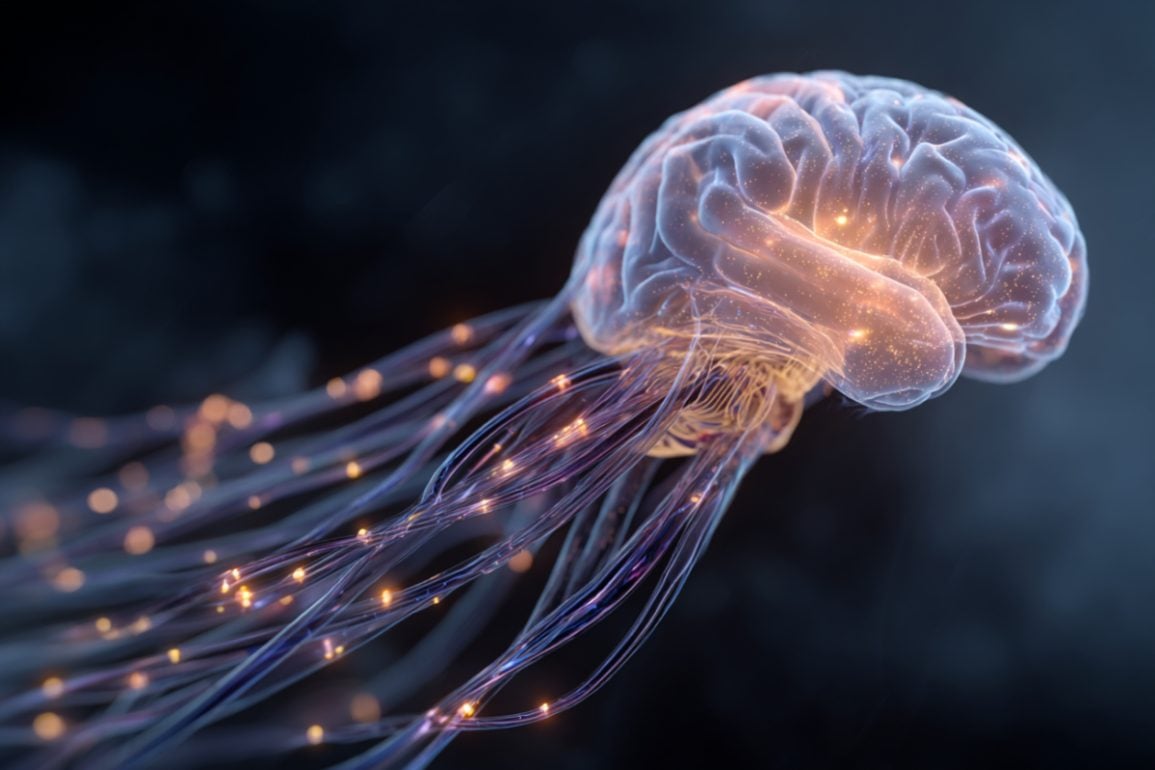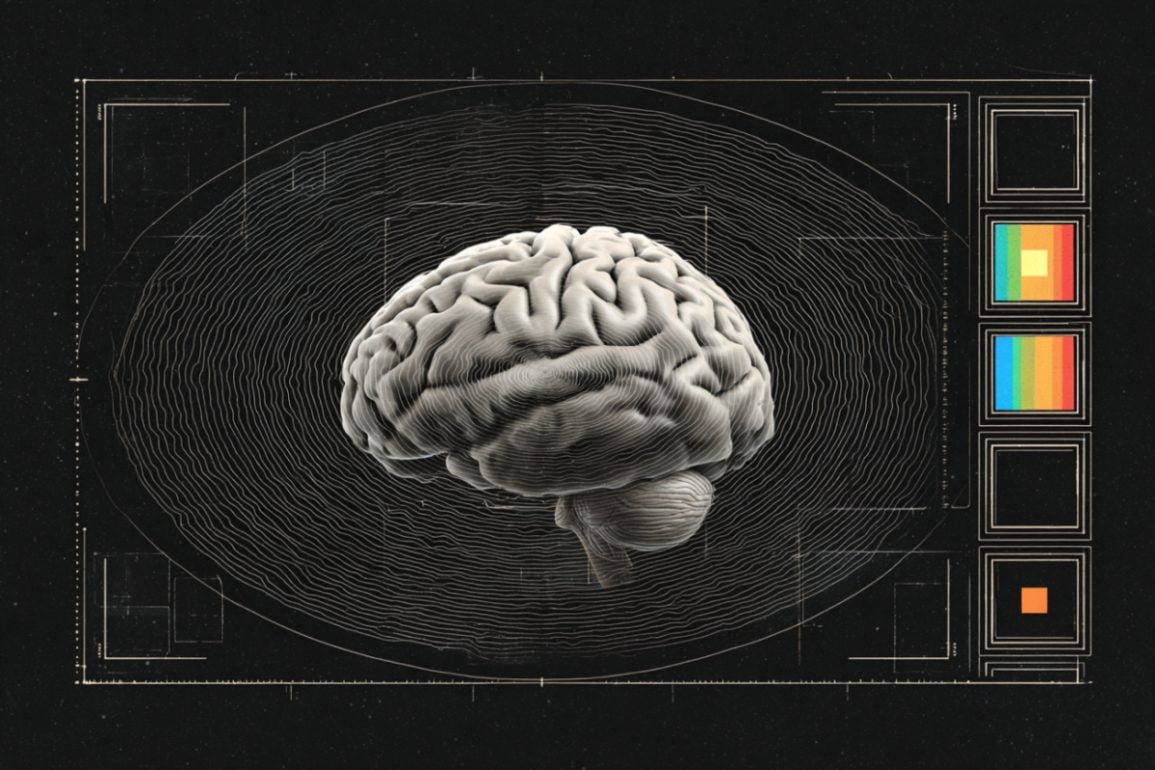Category: Neuroscience
First Signs of Multiple Sclerosis Found Years Before Symptoms
 Researchers have traced the earliest stages of multiple sclerosis (MS), showing that the immune system begins attacking the brain up to seven years before diagnosis. By analyzing over 5,000 blood proteins, they identified molecular signs of damage to myelin—the protective sheath around nerve fibers—long before symptoms emerge.
Researchers have traced the earliest stages of multiple sclerosis (MS), showing that the immune system begins attacking the brain up to seven years before diagnosis. By analyzing over 5,000 blood proteins, they identified molecular signs of damage to myelin—the protective sheath around nerve fibers—long before symptoms emerge.
Finasteride and Suicide

For over two decades, millions of men worldwide have taken finasteride to combat hair loss, seeking a solution to balding that seemed simple and safe. But mounting evidence shows this cosmetic medication can cause severe depression and suicidality in some users.
The post Finasteride and Suicide: Two Decades Of Missed Warnings About Popular Hair Loss Drug appeared first on Study Finds.
Ibuprofen Might Offer Protection Against Cancer

Ibuprofen is a household name – the go-to remedy for everything from headaches to period pain. But recent research suggests this everyday drug might be doing more than easing discomfort.
The post Ibuprofen: How An Everyday Drug Might Offer Protection Against Cancer appeared first on Study Finds.
Theta Brain Waves Act Like Radar to Boost Visual Working Memory
 New research shows that the brain’s ability to detect subtle visual changes—like spotting an anomaly on a security monitor—depends on theta-frequency brain waves (3–6 Hz) that rhythmically sweep across the cortex. These traveling waves act like a radar, scanning different parts of the visual field and influencing when and where attention peaks.
New research shows that the brain’s ability to detect subtle visual changes—like spotting an anomaly on a security monitor—depends on theta-frequency brain waves (3–6 Hz) that rhythmically sweep across the cortex. These traveling waves act like a radar, scanning different parts of the visual field and influencing when and where attention peaks.
Why We Touch Our Faces 800 Times A Day

Humans touch their faces up to 800 times each day, most of it happening completely outside conscious awareness.
The post Why We Touch Our Faces 800 Times A Day (And What It Reveals About Stress Levels) appeared first on Study Finds.

































